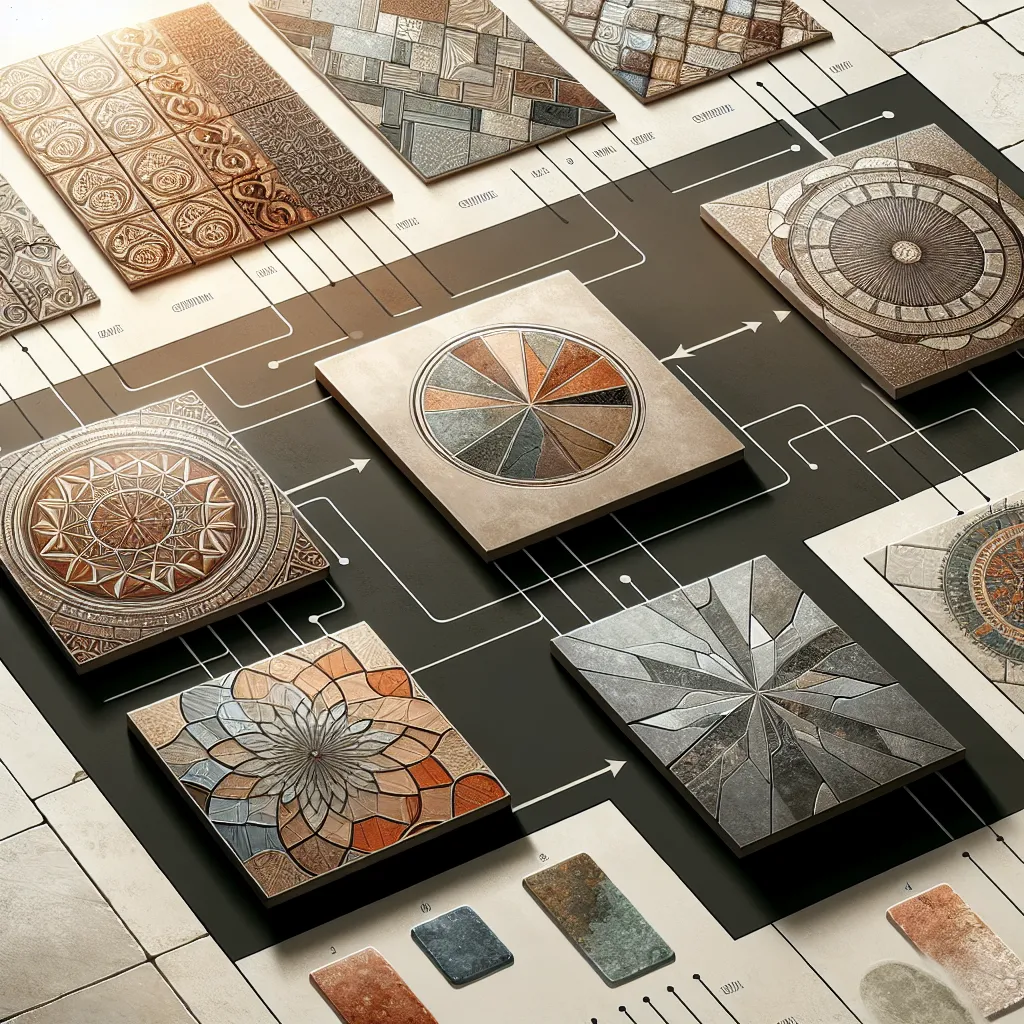The Allure of Asymmetry
Traditionally, tile layouts have been bound by the confines of symmetry. However, the new wave of design urges homeowners to break out of this mold. An asymmetric tile layout, when done right, can infuse a sense of dynamism and intrigue into a space. It is a daring approach that challenges the norm and creates a unique visual narrative.
The Art of Color Gradient
Color gradients have long been a favorite tool of artists to create depth and dimension. Applying this to tile design brings a subtle yet striking effect. A carefully chosen color gradient, whether it's a transition from deep ocean blues to light azure, or a shift from fiery reds to soft coral, can create a visually compelling space that tells a story.
Geometry in Play
Geometric shapes in tile design offer an interesting play of lines and angles. Hexagonal tiles, for instance, have been gaining popularity for their ability to create a honeycomb effect that is both chic and modern. Similarly, diamond-shaped tiles can be used to create eye-catching patterns that elevate a room's aesthetic quotient.
The Elegance of Large Format Tiles
Large format tiles exude an air of luxury and spaciousness. Their minimalist aesthetic reduces visual clutter, making the space appear larger and more open. In addition, it allows for the display of intricate designs and patterns without the interruption of grout lines.
Experimenting with Texture
Texture plays a pivotal role in adding depth and character to a space. Whether it's the rustic charm of tumbled marble, the sleek sophistication of polished granite, or the earthy appeal of terracotta, textured tiles have a way of making a space feel more grounded and tactile.
Conclusion
The world of tile design is a playground for those willing to step out of the conventional. It offers myriad ways to transform a space and reflect personal style. The above concepts are but a glimpse into the potential that tiles hold in the realm of interior design. As a discerning homeowner, you have the opportunity to explore, experiment, and eventually, create a living space that is a true reflection of your aesthetic sensibilities and sophistication.
